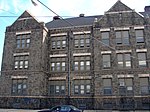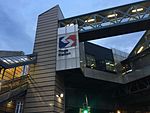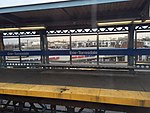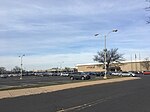1943 Frankford Junction train wreck
1943 in PennsylvaniaAccidents and incidents involving Pennsylvania RailroadDerailments in the United StatesHistory of PhiladelphiaRailway accidents and incidents in Pennsylvania ... and 2 more
Railway accidents in 1943September 1943 events
The Frankford Junction train wreck occurred on September 6, 1943, when Pennsylvania Railroad's premier train, the Congressional Limited, crashed at Frankford Junction in the Kensington neighborhood of Philadelphia, Pennsylvania in the United States, killing 79 people and injuring 117 others.
Excerpt from the Wikipedia article 1943 Frankford Junction train wreck (License: CC BY-SA 3.0, Authors).1943 Frankford Junction train wreck
Castor Avenue, Philadelphia
Geographical coordinates (GPS) Address Nearby Places Show on map
Geographical coordinates (GPS)
| Latitude | Longitude |
|---|---|
| N 40.0018 ° | E -75.1006 ° |
Address
Castor Avenue
Castor Avenue
19314 Philadelphia
Pennsylvania, United States
Open on Google Maps









